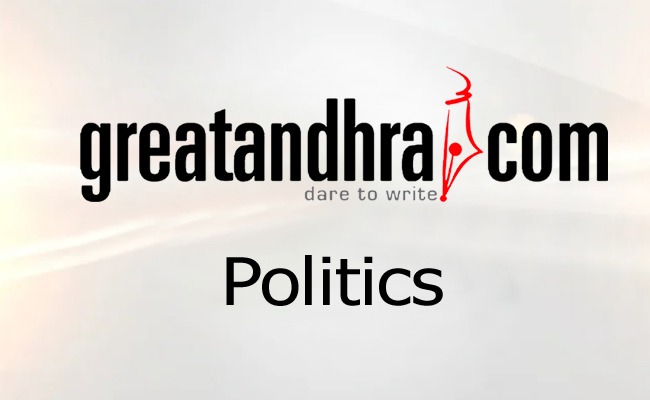WASHINGTON: With US immigration authorities getting enough applications for H1-B visas coveted by Indian IT professionals within a week, a random lottery will pick the 65,000 lucky winners for 2009.
The US Citizenship and Immigration Services (USCIS) announced that it had received by Monday enough petitions for the 65,000 H1-B visas available for fiscal year 2009 starting October 1, 2008 to meet the âcongressionally mandated cap.â
The government agency, which extended the acceptance period to five business days to improve the fairness of the process, also announced that it had received enough applications for the 20,000 H1-B visas allocated for the “advanced degree” exemption limit to meet the mandated cap.
The applications received will now be subject to a random lottery process for selection to determine which individuals can start working at their sponsor companies Oct 1, 2008.
Before running the random selection process, USCIS will complete initial data entry for all filings received during the filing period ended April 7. USCIS said it will first conduct the advanced degree random selection and that âadvanced degree petitions not selected will be part of the random selection process for the 65,000 limit.â
Industry groups that support revising the H1-B programme say this year’s process mirrored last year’s, in which the USCIS received more than 123,000 applications in less than two days. The shortage of applications proves the programme needs to be updated to better meet US workforce needs, according to Compete America.
“US employers deserve better than a random lottery to determine if they can hire highly educated candidates they need,” said Robert Hoffman, vice president for government and public affairs at Oracle and co-chair of Compete America, in a written statement in response to the cap being reached this week.
According to the industry group, this year is the first in which the cap for both the general and advanced degree H1-B visas were reached during the filing period and the second year that the overall cap has been reached in the same time. The low cap sends talented workers, educated in the United States, to find employment elsewhere, Hoffman said.
“Despite the proven contributions of highly educated workers to America and the well-documented demand for the H1-B visas and employment based green cards that bring and keep them here, artificially low caps shut out some of the world’s brightest talent,” he said. (IANS)




 Epaper
Epaper





